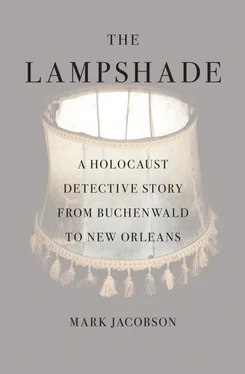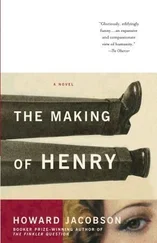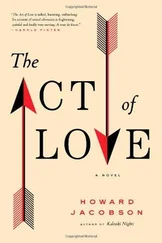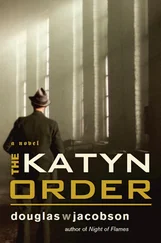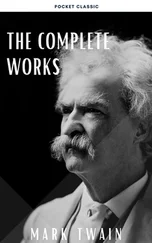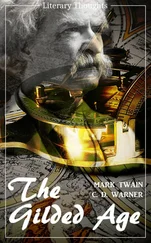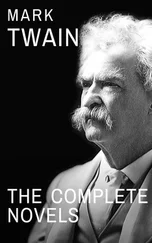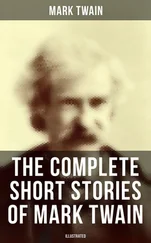One of Bauer’s most penetrating essays, “Theology, or God the Surgeon,” critiques Haredi attitudes toward the Holocaust, describing what he calls “the convoluted arguments” used by the ultra-Orthodox to explain how an all-powerful, all-merciful Lord could allow his chosen people to endure such a travail. Sweeping away the “elementary” notion advanced by some rebbes that humans are simply “too puny” to understand the methodology of the Deity, Bauer focuses on the often-voiced Haredi view that the Holocaust was God’s punishment upon the Jews for falling from the strict path of the Torah. As an illustration of this thinking, Bauer cites an “invented” parable employed by the late Lubavitcher rebbe Menachem Mendel Schneerson. Schneerson, still thought to be the moshiach, or messiah, by many followers despite his death in 1994, characterized the Holocaust as an operation by God, “the specialist surgeon” who cuts off a “hopelessly poisoned” limb in order to “save the life of the patient,” i.e., “the Jewish people.” Bauer is disgusted by what he calls this mipnei khata’einu “because of our sins” explanation for the death of almost fifty million people in World War II, only 10 percent of them Jews. To conjure a God so obsessed with the fate of the Jews is, Bauer argues, to remove the Holocaust from the realm of human history, thereby “absolving” the Third Reich of its crimes and assigning Adolf Hitler, whom Schneerson refers to as “a mad goy,” the role of divinely appointed agent of mass murder.
It was in the context of talking about the Haredi influence in current Israeli society that Bauer broke the news to me that even with additional testing there was no chance Yad Vashem would take the lampshade into its collection or store it on its premises. “They are prohibited by law from doing so,” he explained, owing to an agreement with the religious community that holds that human remains must be buried according to the rituals that prepare the body for its final rest.
This brought me up short. I was aware of the Jewish law regarding human remains. It went back at least to the Pentateuch, with who knew how much halachic amendment since. Back in New York people were telling me not to worry about customs, the real danger were the ultra-Orthodox, who, as one friend told me, “will hit you over the head and bury the lampshade, and they won’t be sending it to any lab to see if it is real or not first.” But I had no idea this attitude would apply to a museum and learning center like Yad Vashem.
Noting my dismay, Bauer, while allowing that he might have mentioned this earlier, asked me what was wrong. Looking at me with a stern impatience that seemed distinctly rabbinical, he wondered if I’d really been listening when he was talking about the value of telling the lampshade story. Why had I bothered to go to Jerusalem in the first place? Was this all I hoped to get out of this journey, an opportunity to have people from a museum lock this “symbolic object” into a closet? Would that be a proper end to my inquiry regarding the lampshade, the best end of the story I was telling?
“Do you want some advice?” he asked.
“When you see Avner Shalev,” Bauer said, referring to my upcoming meeting with the head of Yad Vashem and the museum curators, “don’t bring up that business about seeing the spiritualist lady with the cigars and the rum in New Jersey. And don’t call the lampshade by a name. Things like that are all right for me. For me this is all part of the story. Mr. Shalev is an Army guy. He is very smart, but very practical. He will want to hear what you say, but certain things will make him wonder how serious you are. So be careful how you tell the story, you’ll get more out of him, believe me.”
• • •
Yehuda Bauer was right about Avner Shalev. Director of Yad Vashem since 1993, Shalev retained the brusque but not unfriendly aspect of a military man, a bearing no doubt honed while taking part in the negotiation of the peace treaty with the Egyptians following the 1973 Yom Kippur war. Now seventy years old, a blocky man in a blue suit, he sat at a conference table along with Yehudit Shendar, the museum’s senior art curator, and Haviva Peled-Carmeli, the senior artifacts curator. It was quite a high-level turnout to hear the story of a humble lampshade scavenged from a wrecked house in the aftermath of a New Orleans hurricane.
I gave them the whole spiel, from Skip Henderson’s purchase of the lampshade all the way through. We discussed the DNA report. Questions were asked and answered. The lampshade sat on the conference table, a mute, stoic sentinel. “It is larger than I imagined,” Peled-Carmeli finally said. Shalev was surprised at the design of the frame, which he called “somewhat artful.” No one wanted to touch the thing. When I put it back into the box, everyone appeared to breathe easier.
The meeting was largely transactional. I got to tell the story of the lampshade to a highly prestigious, respectful audience. They got to listen and explain why they couldn’t have anything to do with it. Yehudit Shendar said that while the lampshade was an interesting object, for Yad Vashem the most important thing was to follow good museum policy, which was based on solid research. “What matters is the provenance and dating,” she explained. “Where did it come from and when? Everything here has to be Holocaust-related and one hundred percent proven.”
Avner Shalev assumed the mediator position. While reiterating that there was no way Yad Vashem could accept the lampshade “legally or morally,” he wondered if there was some way the museum might be able to aid me in my inquiry. More testing could be done, said Peled-Carmeli, perhaps some carbon 14 dating. She gave me a small folder of materials she’d put together, some Nuremberg transcripts and a picture of the Buchenwald Table.
A few minutes later the meeting was over. We exchanged cards, Peled-Carmeli saying she would call a few people to see about some testing. Avner Shalev thanked me for my “curiosity and persistence,” wishing me good luck “in getting to the bottom of this lampshade story.”
If Yad Vashem was not eager to get involved with the lampshade, Avi Domb, chief of DIFS, the Israeli police Division of Identification and Forensic Science, thought he might be able to help. I was given Domb’s contacts by Joseph Almog, former head of DIFS and current director of the forensic chemistry department at the Casali Institute at Jerusalem’s Hebrew University. I’d run into Almog, the inventor of a spray that turns red when coming in contact with urea nitrate, a compound often used in the construction of homemade bombs (“That way we catch them red-handed,” he said), a few months earlier at the Marriott Hotel in New Orleans, where the International Association of Forensic Sciences was holding its convention. By chance, we were seated next to each other at a talk given by Clyde Snow, the forensic anthropologist who, among many other high-profile cases, identified the bones of Nazi doctor Josef Mengele.
I told Almog about the lampshade, said I was planning to come to Jerusalem, and asked him whom I should look up. “That’s easy,” Almog said. “Avi Domb. Avi sits in my old chair. He deals with strange things every day.”
Domb came over to my hotel off Jabotinsky Street the morning of my meeting at Yad Vashem. A copy of Haaretz under his arm, Domb, fifty-five but tall and lean like a retired power forward, exuded that formidable action-hero model of Judaism not generally known back in the Queens of the 1950s. To us, Israelis, those unstooped sabras straight out of the Negev, seemed another species altogether with their sexy, hair-on-their-legs kibbutz girls and blazing Uzis. If Avi Domb did not present himself as a Promised Land hard-ass, you knew he could.
Читать дальше
